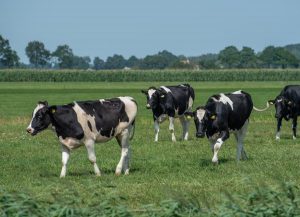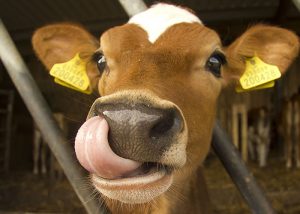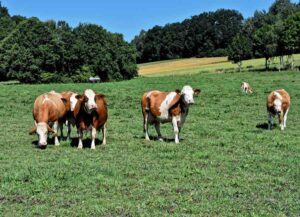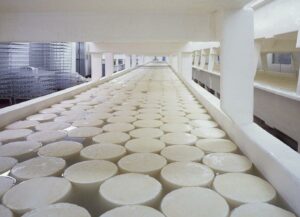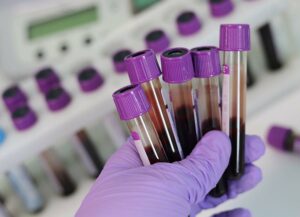Fernando Diaz
Newborn calves are immunodeficient. Colostrum provides them immunity, but it also can be a potential source of pathogen microorganism such as Mycobacterium avium ssp. paratuberculosis (Johne’s disease), Mycoplasma spp., Escherichia coli, and Salmonella spp. For this reason, heat treating colostrum to reduce or eliminate pathogens is a common practice in the dairy industry. However, heat treatment may affect colostrum immunoglobulin G concentration.
Researchers (Saldana et al., 2019) from The Pennsylvania State University determined the effect of different durations of heat treatment on passive transfer of IgG from colostrum with different quality. First milking colostrum was collected from primiparous and multiparous Holstein cows, stored plastic containers, and frozen at −20°C. After being thawed at 4°C, it was classified into 3 quality categories (low, medium, and high) using a colostrometer. Before treatment, initial IgG concentrations for high-, medium-, and low-quality colostrum were 98.1, 65.7, and 52.3 mg/mL.
Colostrum batches were heated to 60°C in a steam vat pasteurizer for 30 or 60 minutes. Before being frozen at −20°C until needed for feeding, colostrum samples were collected for checking IgG concentration and bacterial count. On average, heating colostrum for 30 and 60 minutes reduced IgG concentration by 9 and 12%, respectively. As expected, heating colostrum caused reductions of standard plate count, coliform count, noncoliform gram-negative, environmental streptococci, and contagious streptococci.
Within 2 hours of birth, 108 Holstein calves received 3.8 L of colostrum in a single feeding by an esophageal feeder. Serum total protein, evaluated 24 hours after birth, was highest in calves fed high-quality colostrum (5.3, 5.6, and 6.2 g/dL for low-, medium-, and high-quality colostrum, respectively). However, heat treatment did not alter serum total protein.
As expected, 24-h serum IgG concentration increased as colostrum quality increased (18.0, 22.2, and 24.8 mg/mL). The authors observed increased IgG concentration as the duration of heat treatment was extended. Serum IgG concentration were 3.4 and 27.2% greater in calves fed colostrum heated for 30 and 60 minutes (20.3 and 25.0 mg/mL), respectively, than in calves fed unheated colostrum (19.7 mg/mL).
In addition, efficiency of IgG absorption was greater in calves that received colostrum heated for 60 minutes (41.5%) compared with calves fed colostrum heated for 0 (32.5%) or 30 minutes (28.0%).
In conclusion, these research results show that reducing colostrum bacterial count by heat treatment for 60 minutes improves efficiency of IgG absorption and serum IgG concentration in newborn calves. Shorter colostrum treatment (30 minutes) are not effective for improving immunity in calves.
Reference
J. Saldana, S. L. Gelsinger, C. M. Jones, and A. J. Heinrichs. 2019. Effect of different heating times of high-, medium-, and low-quality colostrum on immunoglobulin G absorption in dairy calves (2019). J. Dairy Sci. 102:2068–2074.
© 2019 Dairy Knowledge Center, LLC. All Rights Reserved.



